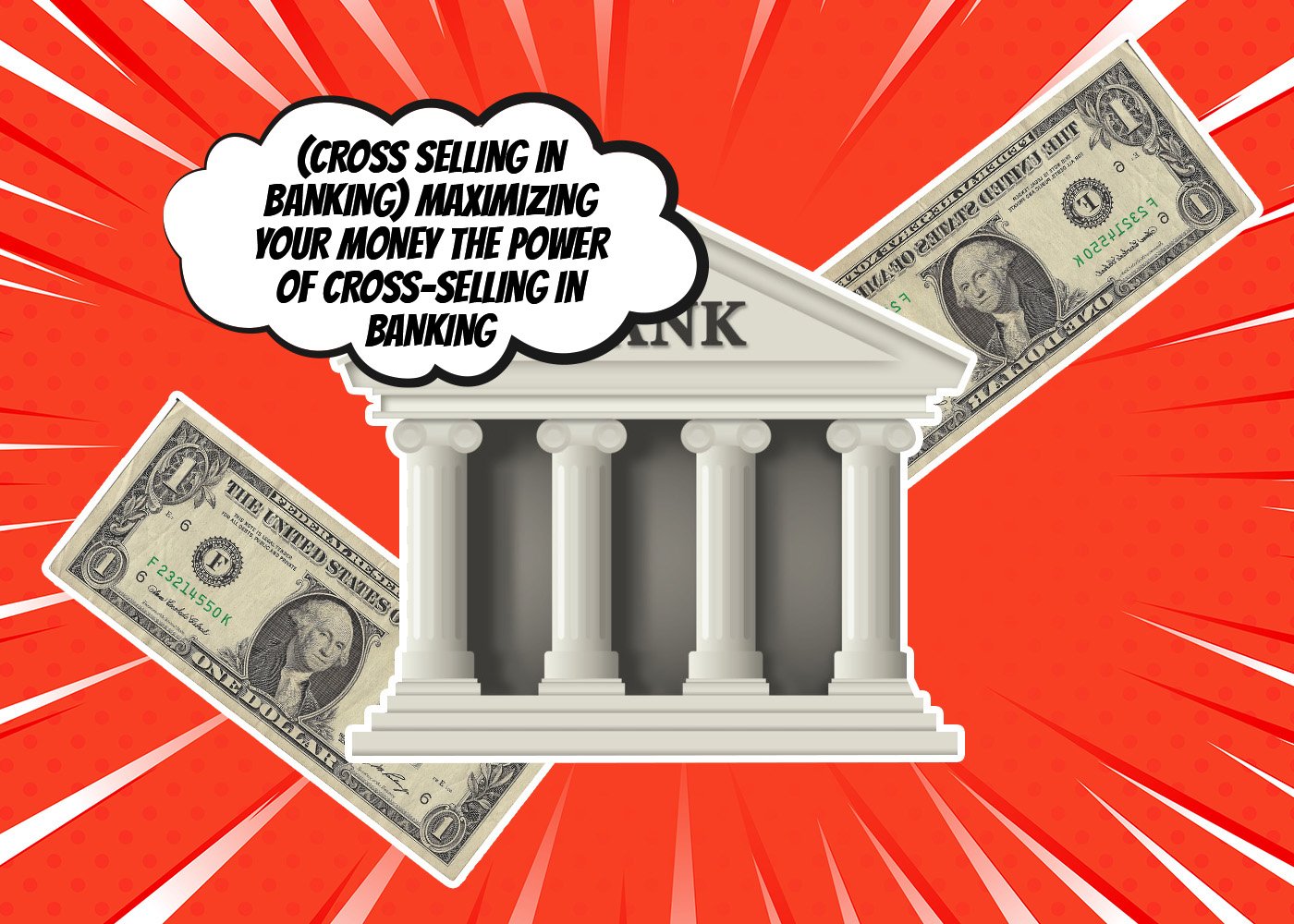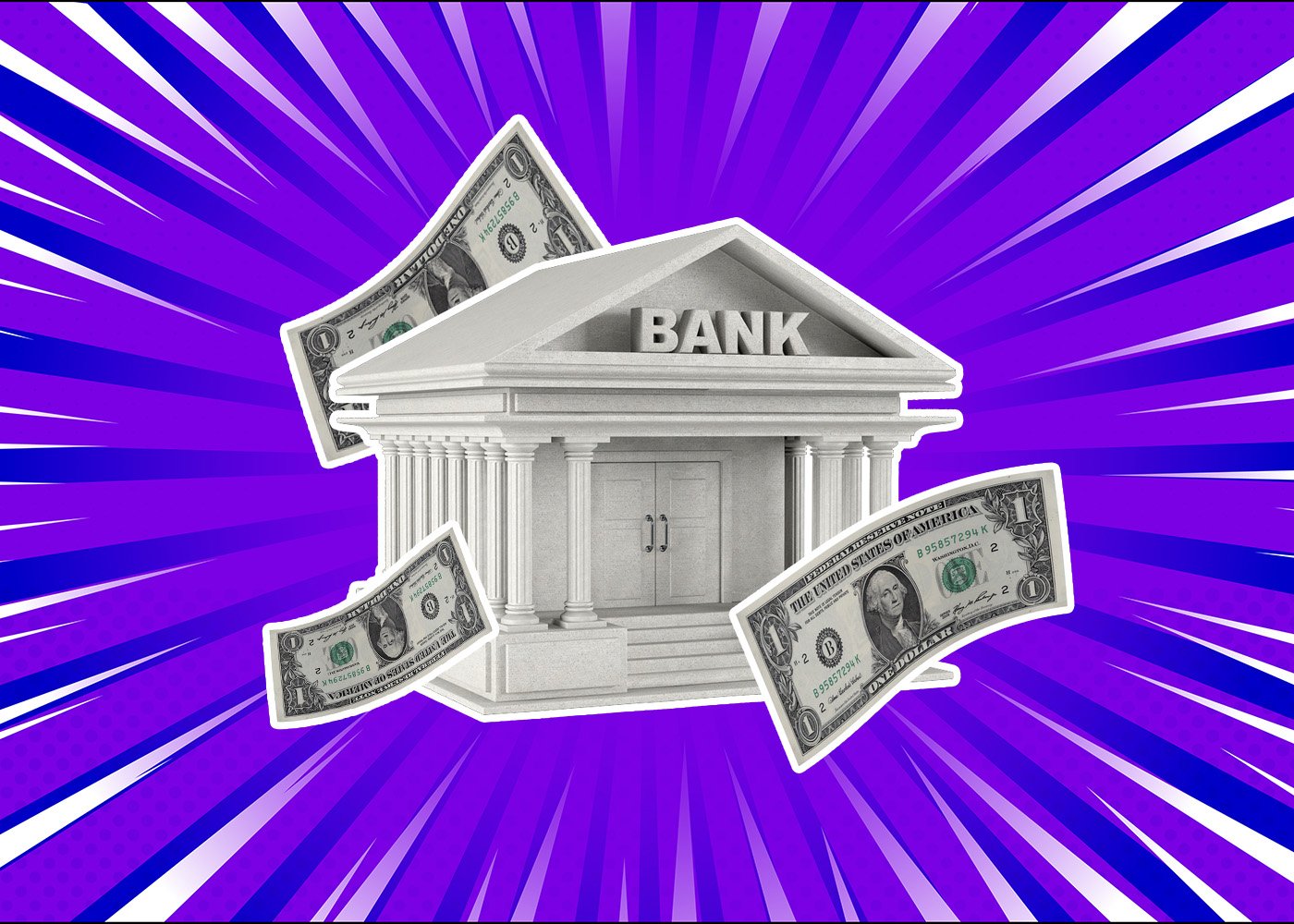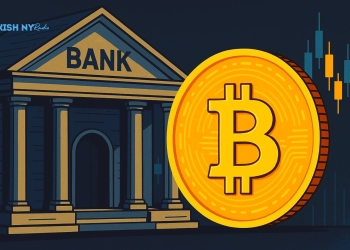Cross-selling in banking is an integral part of the banking industry, as it helps financial institutions increase customer loyalty and generate more revenue. Banks can strengthen their client base and maximize profitability by leveraging existing customer relationships to identify potential new opportunities. Understanding how to use cross-selling strategies effectively can be a challenge for any bank, but when done correctly, it provides tremendous growth potential for both customers and the institution. In this blog post, we’ll discuss the different methods of incorporating cross-selling in banking and some tips on making your efforts successful. Read on for everything you need to know about leveraging cross-selling in banking!
What Is Cross-Selling In Banking?
Cross-selling in banking is offering additional financial products or services to existing customers. This includes credit cards, insurance, loans, savings accounts, investment products, etc. Cross-selling aims to increase sales and profitability by leveraging existing customer relationships and increasing the number of products or services that customers use.
Cross-selling in banking can be a win-win situation for both customers and banks. A customer can benefit from the convenience of having all his financial needs met in one place, and a bank can increase revenue and customer loyalty. However, banks must approach cross-selling responsibly and ethically. Banks must ensure that the products and services they offer are suitable for individual customers and that they are transparent about the terms of each product. We also need to help our customers understand the risks associated with each product and make informed decisions about whether to use them.
Cross-selling can be an effective strategy for banks to increase revenue and strengthen customer relationships, but it must be approached responsibly and ethically.
To Sum Up
As we have discussed, cross-selling in banking is an effective way for banking institutions to increase their revenue. However, this strategy has its risks. Cross-selling can cause customer dissatisfaction if customers feel that the product or service needs to match their needs or expectations. Therefore, banks need to ensure that their sales staff has adequate information about the products and services they are offering and how these would best serve their customers. All in all, cross-selling can be a powerful tool when used correctly, but it should always do with due consideration of the potential risks and rewards involved in such activities.






























































































![BitTorrent [New]](https://s2.coinmarketcap.com/static/img/coins/64x64/16086.png)















